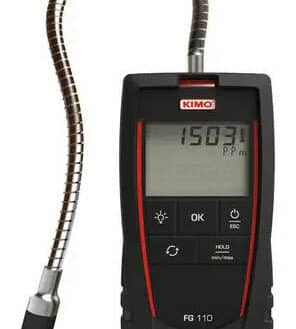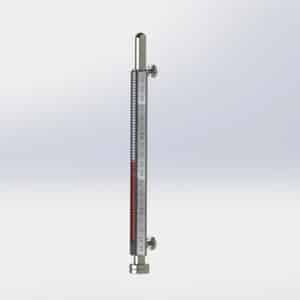Measuring pressure is necessary in the control of most industrial processes.
A pressure sensor converts pressure information into an electrical signal. Most pressure sensors measure the deformation of a membrane under the effect of the difference in the pressure applied to both sides. Manufacturers use different terms for these products. While “pressure sensor” and “pressure transducer” can be considered synonyms, the term “pressure transmitter” refers to a pressure sensor equipped with measurement electronics allowing it to deliver a standardized output signal.
In this buying guide we only deal with sensors, not transmitters.










